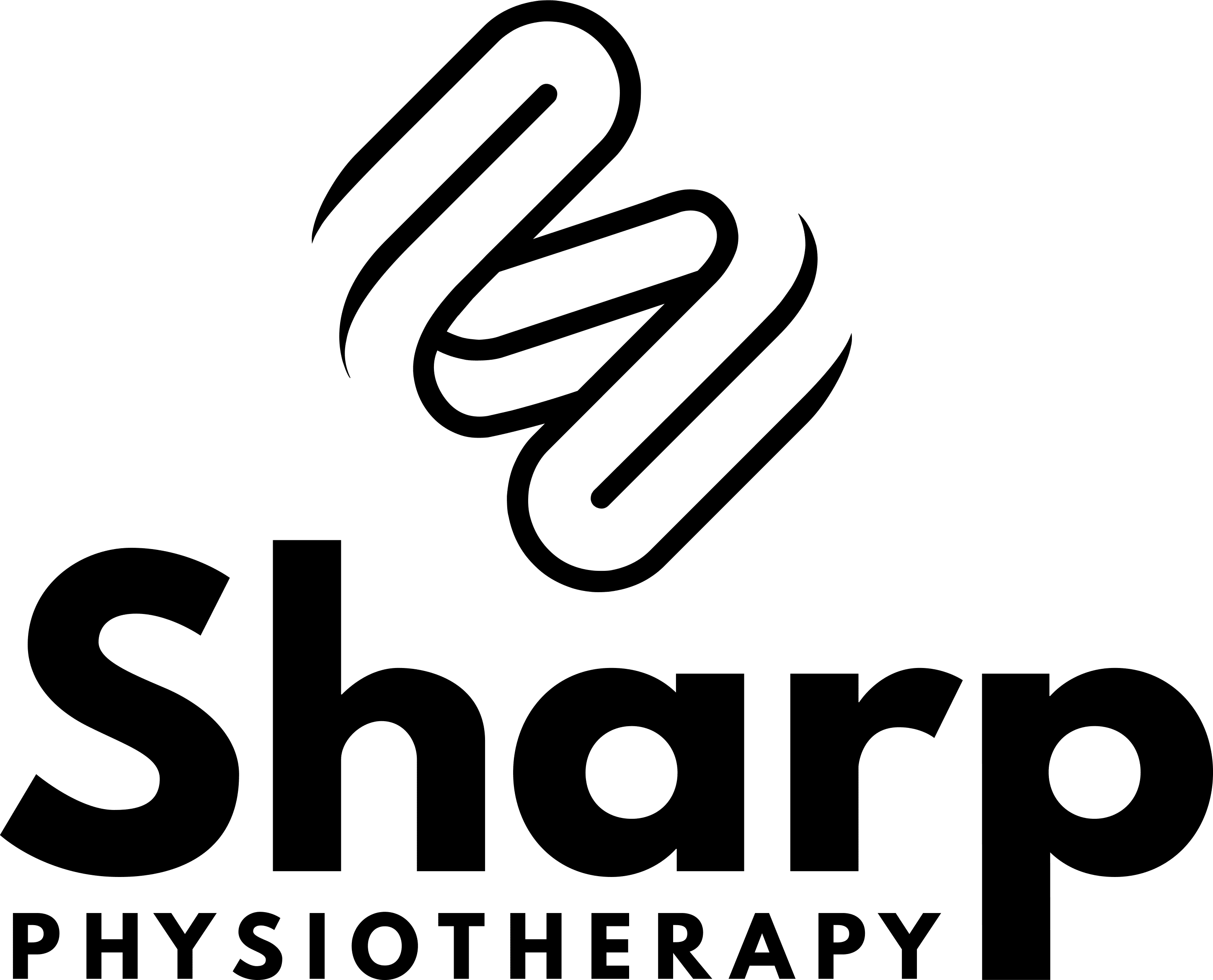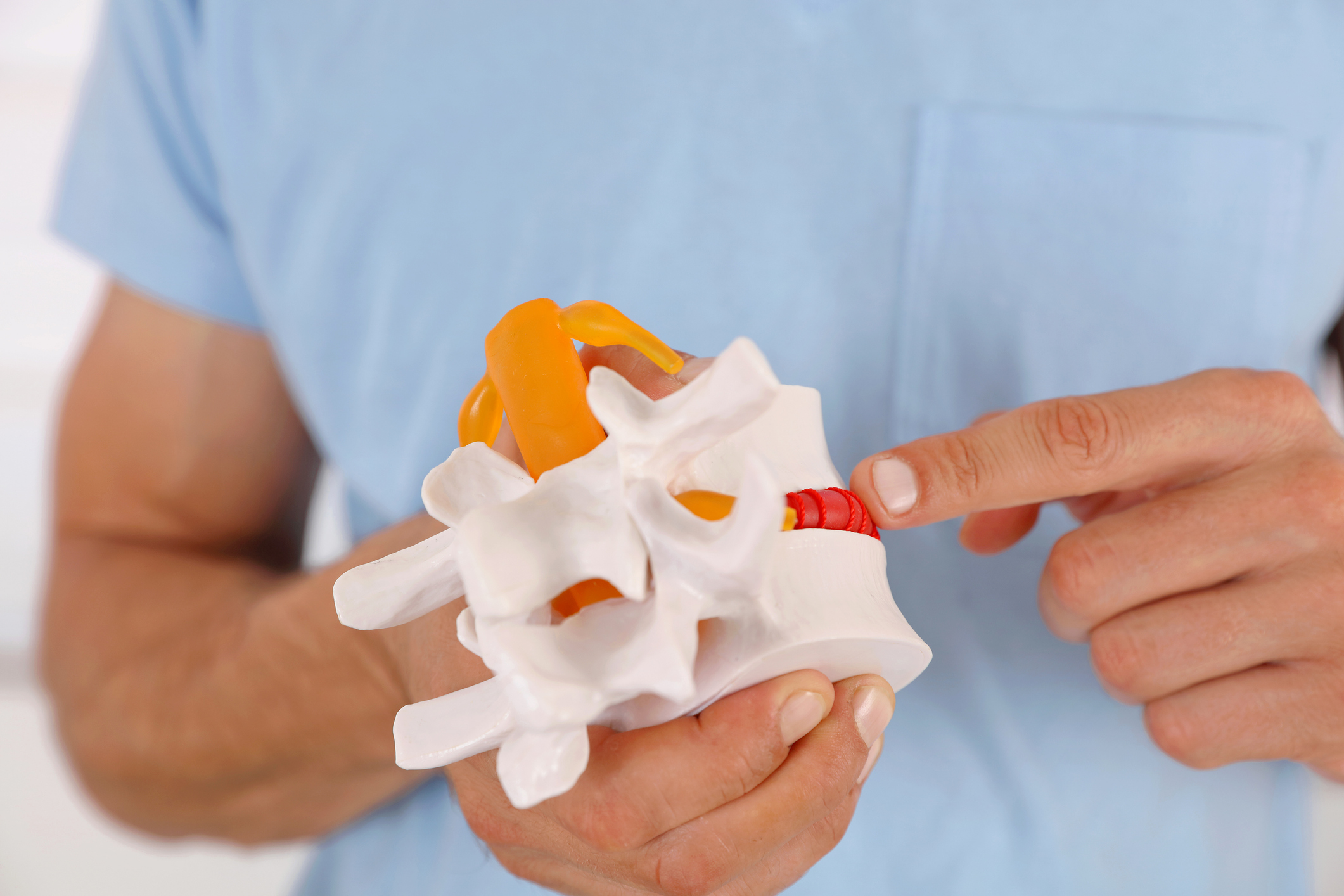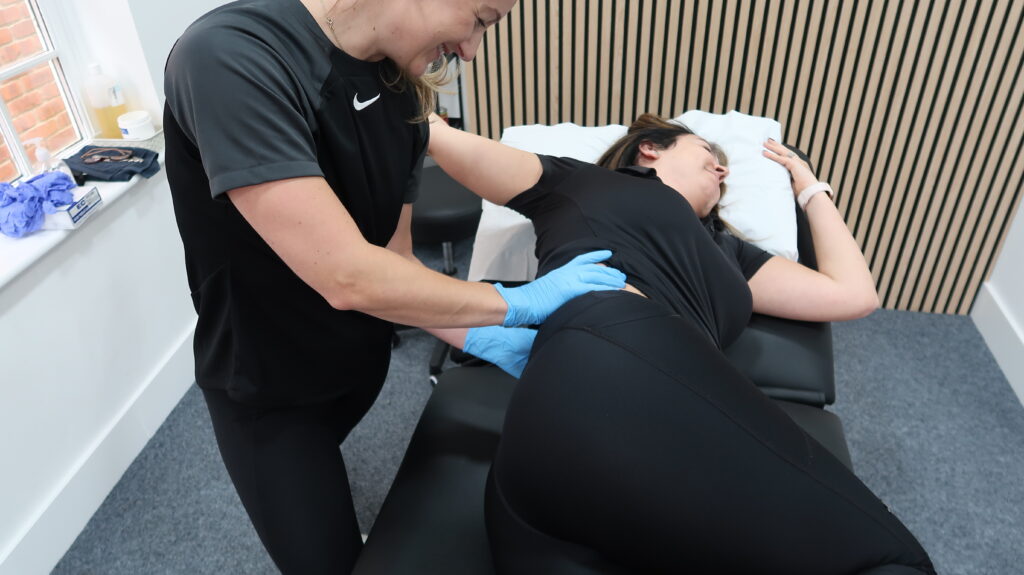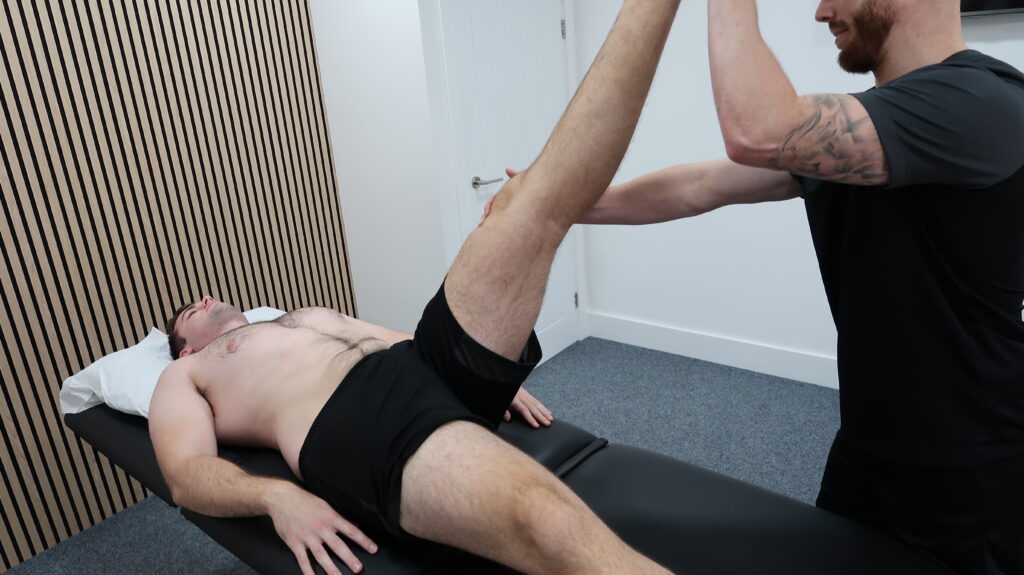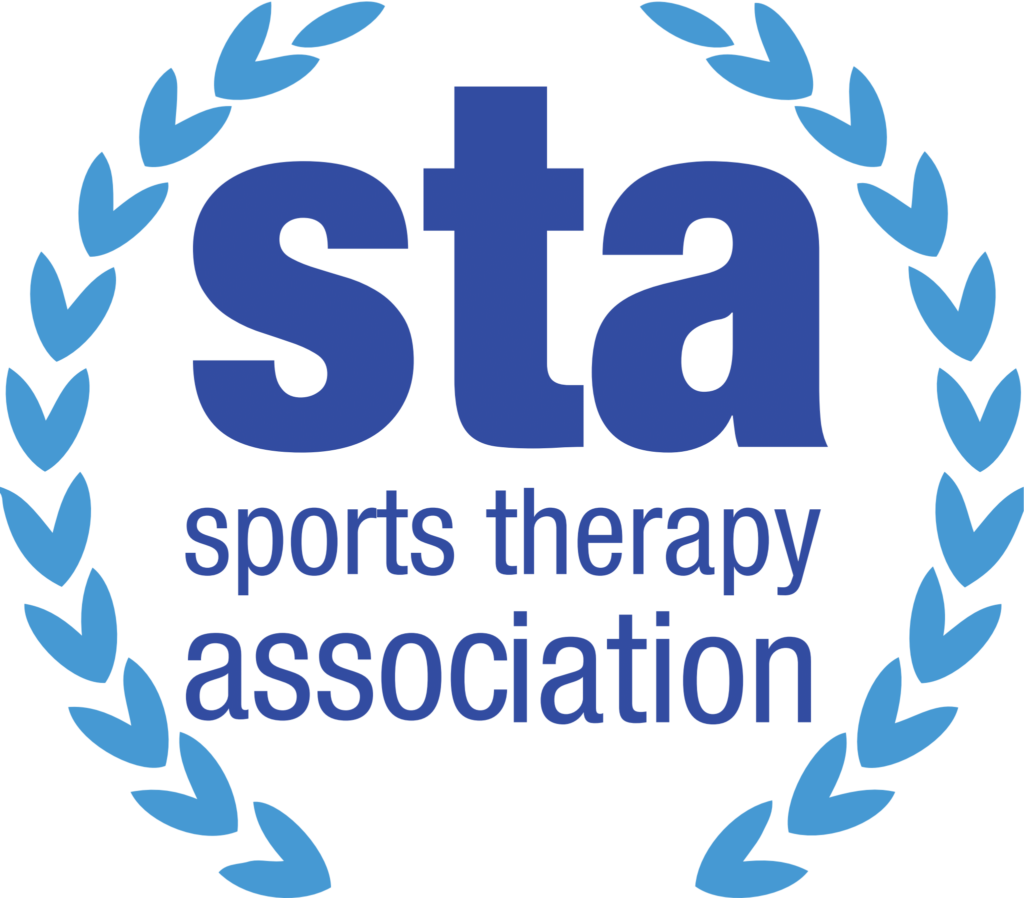What is Sciatica?
Sciatica is a condition that can send shockwaves of pain through your lower back, hips, and legs, disrupting your life and causing untold discomfort.
It’s a term familiar to many, yet its causes, symptoms, and management can remain shrouded in mystery. If you’re reading this blog, chances are you or someone you know has been touched by sciatica, and you’re seeking answers, relief, and a path toward healing.
Understanding sciatica is vital for several reasons. First and foremost, it’s a condition that affects millions of individuals worldwide, and its impact extends beyond physical pain. Sciatica can disrupt daily activities, limit mobility, and have a profound effect on your quality of life.
Secondly, a deeper understanding of sciatica empowers you to make informed decisions about your health. By knowing the causes, symptoms, and available treatments, you become an active participant in your own well-being, working alongside healthcare professionals to find the best solutions for your unique situation.
What Causes Sciatica?
The human body is an intricate masterpiece, and nowhere is its complexity more evident than in the spine. To understand sciatica, we must first delve into the intricate anatomy of the spine and uncover the various factors that can give rise to this often-painful condition.
The spine, or vertebral column, is the central support structure of our body, providing stability, protection, and flexibility. It’s composed of individual bones called vertebrae, stacked on top of one another, forming a flexible and resilient structure that allows us to stand upright, bend, and twist.
- Vertebral Regions: The spine is typically divided into five regions, each with distinct characteristics:
- Cervical spine (neck)
- Thoracic spine (upper back)
- Lumbar spine (lower back)
- Sacrum
- Coccyx (tailbone)
- Intervertebral Discs: Between each pair of vertebrae lies an intervertebral disc—a cushion-like structure composed of a tough outer layer (annulus fibrosus) and a gel-like inner core (nucleus pulposus). These discs act as shock absorbers, enabling the spine to flex and absorb impact.
- Spinal Cord and Nerves: Within the spinal column runs the spinal cord, a bundle of nerves responsible for transmitting signals between the brain and the rest of the body. Emerging from the spinal cord are spinal nerves that branch out to various parts of the body, including the lower back and legs.
Sciatica is not a condition but a symptom of an underlying problem. It occurs when the sciatic nerve, which is the longest nerve in the body, becomes irritated or compressed.
This irritation can result from a variety of factors, each with its own set of causes. Here are some of the primary contributors to sciatica:
- Herniated Disc: One of the most common causes of sciatica is a herniated or ruptured disc. When an intervertebral disc protrudes or ruptures, it can press against the nearby spinal nerves, including the sciatic nerve.
- Spinal Stenosis: This condition occurs when the spinal canal narrows, putting pressure on the spinal cord and nerves. Lumbar spinal stenosis, in particular, can lead to sciatica symptoms.
- Piriformis Syndrome: The piriformis muscle, located in the buttocks, can sometimes irritate or compress the sciatic nerve as it passes beneath or through the muscle. This is known as piriformis syndrome.
- Spondylolisthesis: When one vertebra slips forward over the one beneath it, it can narrow the space through which the sciatic nerve travels, causing sciatica.
- Trauma or Injury: Accidents, falls, or sports injuries can damage the spine or soft tissues, leading to sciatica symptoms.
- Degenerative Disc Disease: As discs in the spine naturally wear down with age, they can become less effective at cushioning the vertebrae. This can result in compression of the sciatic nerve.
”"I’ve visited Sam at both Bawtry and Lincoln practices and couldn’t recommend him enough. I’ve suffered with lower back pain and sciatica for years and couldn’t believe how much better I felt after the first few sessions. It’s made a huge difference to me and I haven’t felt the sciatica for months now, thank you so much"
Connie
What Are The Symptoms?
Recognising the signs and symptoms of sciatica is crucial for early intervention and effective treatment.
Sciatica is often characterized by a distinct set of symptoms that can vary in intensity and duration. If you or someone you know is experiencing any of these symptoms, it’s essential to consult a healthcare provider for a proper evaluation. Common sciatica symptoms include:
- Pain: The hallmark of sciatica is pain that radiates along the path of the sciatic nerve. This pain typically starts in the lower back or buttocks and travels down the back of one leg. It can range from a mild ache to sharp, shooting pain.
- Numbness and Tingling: Many individuals with sciatica experience numbness, tingling, or a pins-and-needles sensation in the affected leg. This can be felt in the buttocks, thigh, calf, or foot.
- Muscle Weakness: Weakness in the leg or foot on the affected side is another common symptom. This can affect your ability to walk, stand, or engage in daily activities.
- Difficulty Sitting or Standing: People with sciatica often find it uncomfortable to sit for extended periods or maintain a standing position. Shifting positions or walking may temporarily alleviate the pain.
- Burning Sensation: Some individuals report a burning sensation in the leg or buttock, which can be especially bothersome.
- Worsening Symptoms with Certain Movements: Sciatica symptoms can worsen when you cough, sneeze, or engage in activities that involve straining the lower back.
Diagnosing sciatica involves a combination of a medical history assessment, a physical examination, and sometimes imaging tests. Here’s an overview of the diagnostic process:
- Medical History: Your healthcare provider will begin by discussing your symptoms, including when they started, their severity, and any potential triggers or relieving factors. Providing a comprehensive medical history, including any prior back or leg issues, is essential.
- Physical Examination: A physical examination allows the healthcare provider to assess your range of motion, reflexes, muscle strength, and sensory responses in the affected leg. They may perform specific manoeuvres to replicate or alleviate your symptoms.
- Imaging Tests: In some cases, imaging tests are necessary to confirm the diagnosis and identify the underlying cause of sciatica. Common imaging tests include:
-X-rays: Useful for detecting bone abnormalities, such as spondylolisthesis or fractures.
-MRI (Magnetic Resonance Imaging): Provides detailed images of the spine, discs, and nerves, helping identify herniated discs or spinal stenosis.
-CT (Computed Tomography) Scan: Offers detailed cross-sectional images and is especially helpful for assessing bone conditions.
- Electrodiagnostic Tests: In certain situations, electromyography (EMG) or nerve conduction studies may be conducted to assess nerve function and identify areas of compression or damage.
Once a diagnosis of sciatica is confirmed, your physio can work with you to develop an appropriate treatment plan tailored to your specific needs and circumstances.
What Is The Treatment For Sciatica?
Many individuals with sciatica will find make a full recovery through non-surgical treatments.
Physiotherapy aims to reduce pain and inflammation, improve mobility, and address the underlying causes of sciatica without the need for invasive procedures. Here are some of the most common non-surgical treatment options:
- Rest and Activity Modification: Initially, rest may be recommended to reduce acute pain. However, it’s crucial to strike a balance between rest and gentle activity to prevent stiffness and muscle weakness.
- Physiotherapy: Physiotherapists specialize in exercises and hands on treatment techniques that can help alleviate sciatica symptoms.
- Heat and Cold Therapy: Applying heat or cold packs to the affected area can help reduce inflammation and alleviate pain. Many individuals find relief by alternating between hot and cold treatments.
- Specific Rehabiliation Exercises: These exercises are designed to improve strength, flexibility, and mobility whilst reducing pain, and preventing future episodes of sciatica.
- Epidural Steroid Injections: In cases of severe pain or inflammation, healthcare providers may recommend epidural steroid injections. These injections deliver anti-inflammatory medication directly to the affected nerve roots.
Can You Prevent Sciatica?
Preventing future episodes of sciatica is a goal shared by many who have experienced the pain and discomfort associated with this condition.
While sciatica can be challenging to predict or completely eliminate, there are proactive steps you can take to reduce your risk and promote long-term spinal health.
- Maintain Good Posture: Proper posture is essential for spinal health. Whether you’re sitting at a desk, standing, or lifting objects, be mindful of your posture. Use ergonomically designed furniture and equipment when possible, and take regular breaks to stretch and move.
- Exercise Regularly: Engaging in a well-rounded exercise program that includes cardiovascular exercise, strength training, and flexibility exercises can help keep your spine and supporting muscles strong and flexible.
- Weight Management: Excess body weight can place additional stress on your spine, increasing the risk of sciatica. Maintaining a healthy weight through diet and exercise can reduce this risk.
- Lift Properly: When lifting heavy objects, use proper lifting techniques to avoid straining your back. Bend at the hips and knees, not at the waist, and keep the object close to your body.
- Avoid Prolonged Sitting: If your job requires long periods of sitting, take regular breaks to stand, stretch, and walk around. Consider using a chair with lumbar support and proper ergonomics.
- Stay Active: Inactivity can weaken your back muscles and increase the risk of sciatica. Incorporate regular physical activity into your routine to keep your back strong and healthy.
- Stretching Routine: Regular stretching can help maintain flexibility in the muscles and tissues surrounding the spine. Focus on stretches that target the lower back, hamstrings, and hip flexors.
- Proper Footwear: Wearing supportive shoes with good arch support can help maintain proper alignment from your feet to your spine.
Preventing sciatica is a lifelong commitment to maintaining good spinal health. By incorporating these preventive measures into your daily life, you can reduce the likelihood of future episodes and enjoy a more active, pain-free lifestyle.
Always consult with a physio for guidance on implementing these strategies and if you would like to discuss your symptoms further with a member of our team please get in touch.

Joe Sharp is the Clinical Director and Founder of Sharp Physiotherapy. With over 6 years of experience in private practice and a background working in professional football, Joe brings a practical, performance-driven approach to physiotherapy. As an HCPC-registered physiotherapist, he is passionate about delivering clear, effective treatment and helping patients stay active, mobile, and confident in their recovery.
Meet the Sharp Physiotherapy Team | Connect with Joe on LinkedIn

